On the list of all-time big picture questions, “Where did we come from?’ has got to be near the top. It’s stumped philosophers and scientists since the beginning of philosophy and science. Now though, one spacecraft, OSIRIS-REx, is going to take a run at answering this monumental question... by attempting to collect a sample of our early solar system from an asteroid.
NASA’s Origins, Spectral Interpretation, Resource Identification, and Security-Regolith Explorer, or OSIRIS-REx, was launched in September 2016 with the goal of collecting samples from an asteroid. But not just any asteroid — specifically, NASA was interested in sampling a rare B-type asteroid.
B-type asteroids are primitive, meaning they haven’t changed much since the Earth was formed 4.5 billion years ago. This could mean they contain carbon-based organic molecules similar to those that led to life on Earth.
The specific B-type asteroid OSIRIS-REx was shot at was called 1999 RQ36, though now it’s known by the much handier name “Bennu” after an ancient Egyptian bird deity. 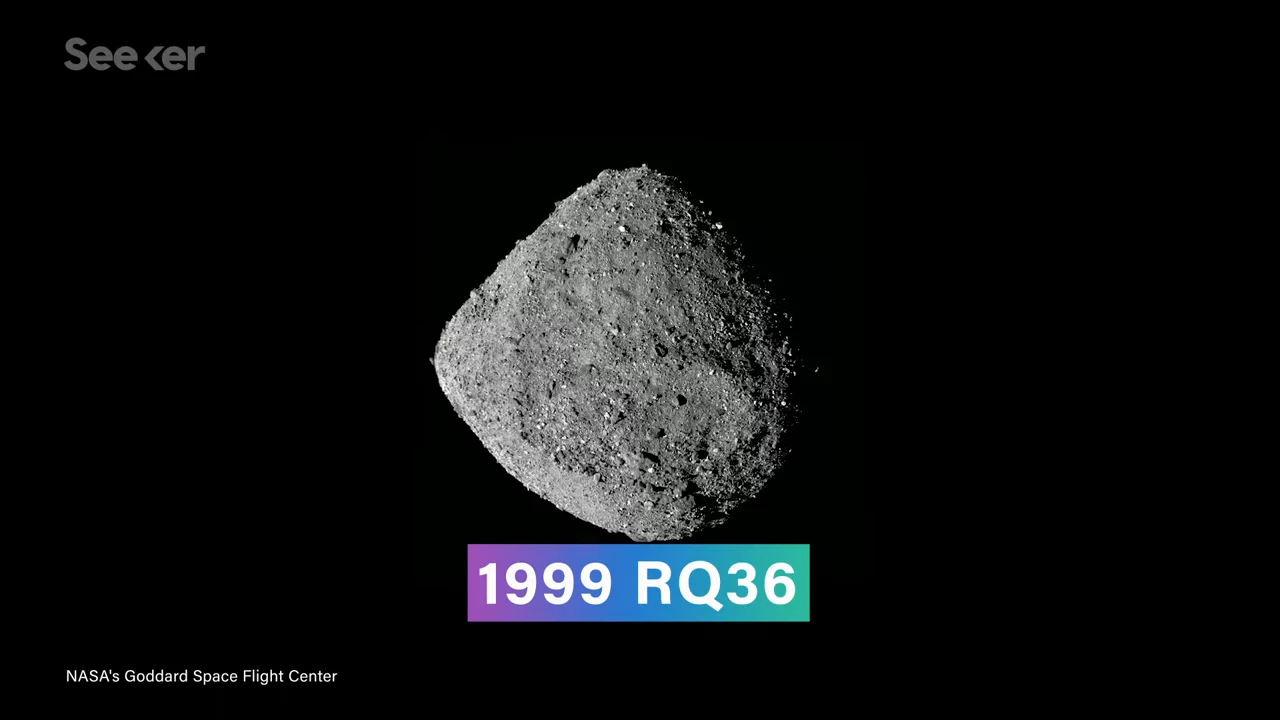 Clearly with the spacecraft named “OSIRIS” we’re going for an Egyptian theme here.
Clearly with the spacecraft named “OSIRIS” we’re going for an Egyptian theme here.
The asteroid looks sort of like a lumpy misshapen ball of clay, and is about 500 meters in diameter, a bit bigger than the Empire State Building.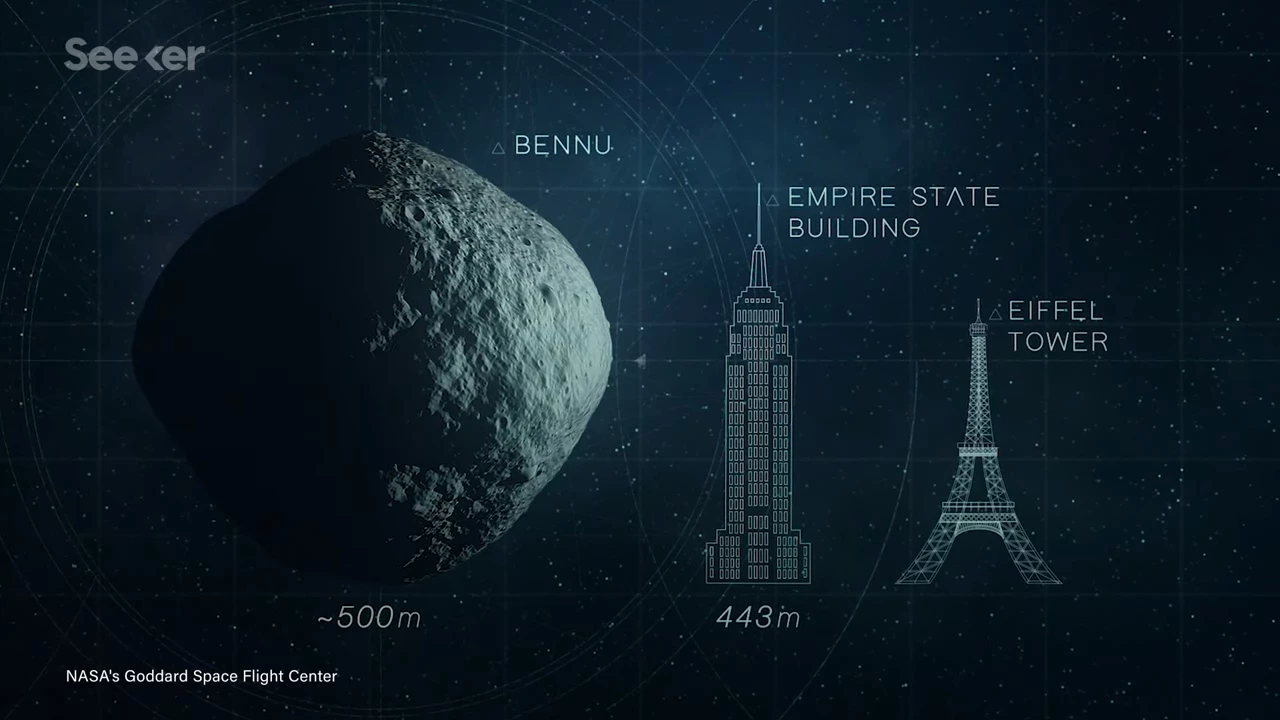 Since December 2018, OSIRIS-REx has been surveying and orbiting Bennu, mapping its surface, tracking its spin, and gaining experience flying close to a small body. Since entering into orbit, OSIRIS-REx has been whizzing around Bennu doing all kinds of science.
Since December 2018, OSIRIS-REx has been surveying and orbiting Bennu, mapping its surface, tracking its spin, and gaining experience flying close to a small body. Since entering into orbit, OSIRIS-REx has been whizzing around Bennu doing all kinds of science.
For example, in 2019 it observed plumes of particles coming up from the asteroid’s surface, a surprise discovery. It also found that Bennu is densely covered in boulders, when astronomers expected it to be much smoother.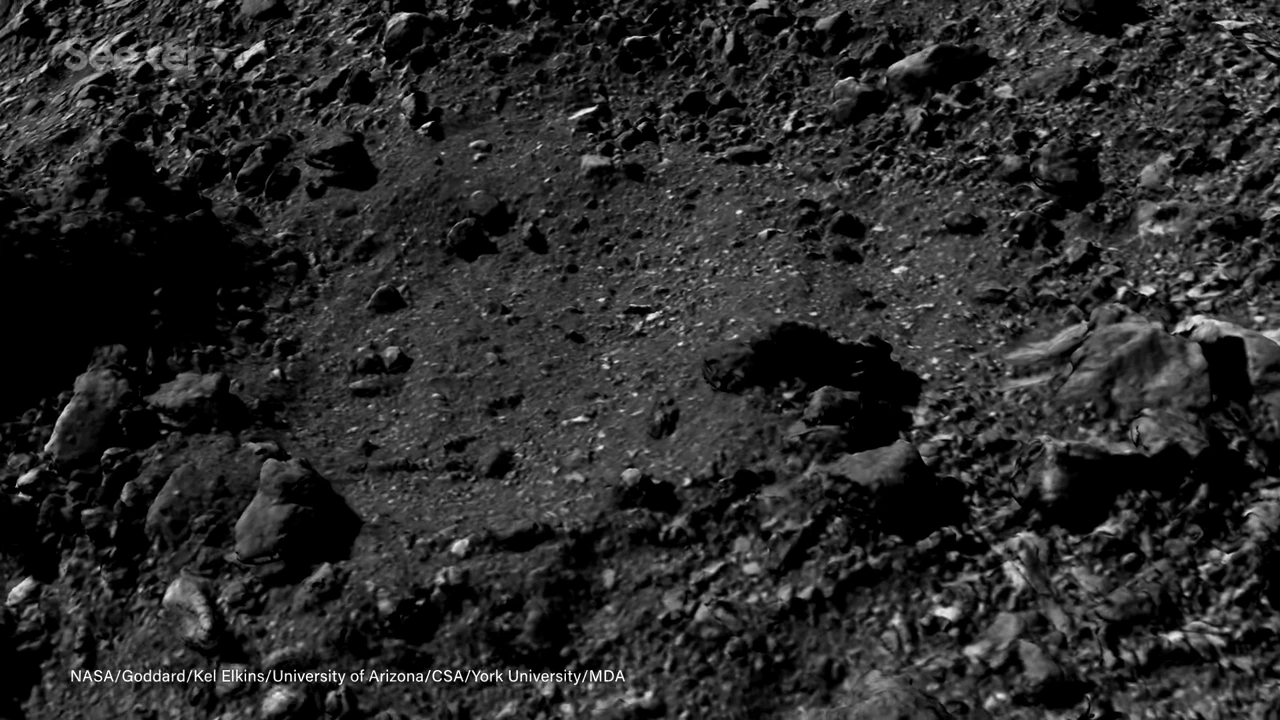 This discovery in particular complicated OSIRIS-REx’s main mission: touching down on Bennu and collecting a sample of its surface.
This discovery in particular complicated OSIRIS-REx’s main mission: touching down on Bennu and collecting a sample of its surface.
Still, through its surveys OSIRIS-REx identified four possible sample sites where the spacecraft could safely pick up loose regolith, eventually settling on the sight called Nightingale as the best option. 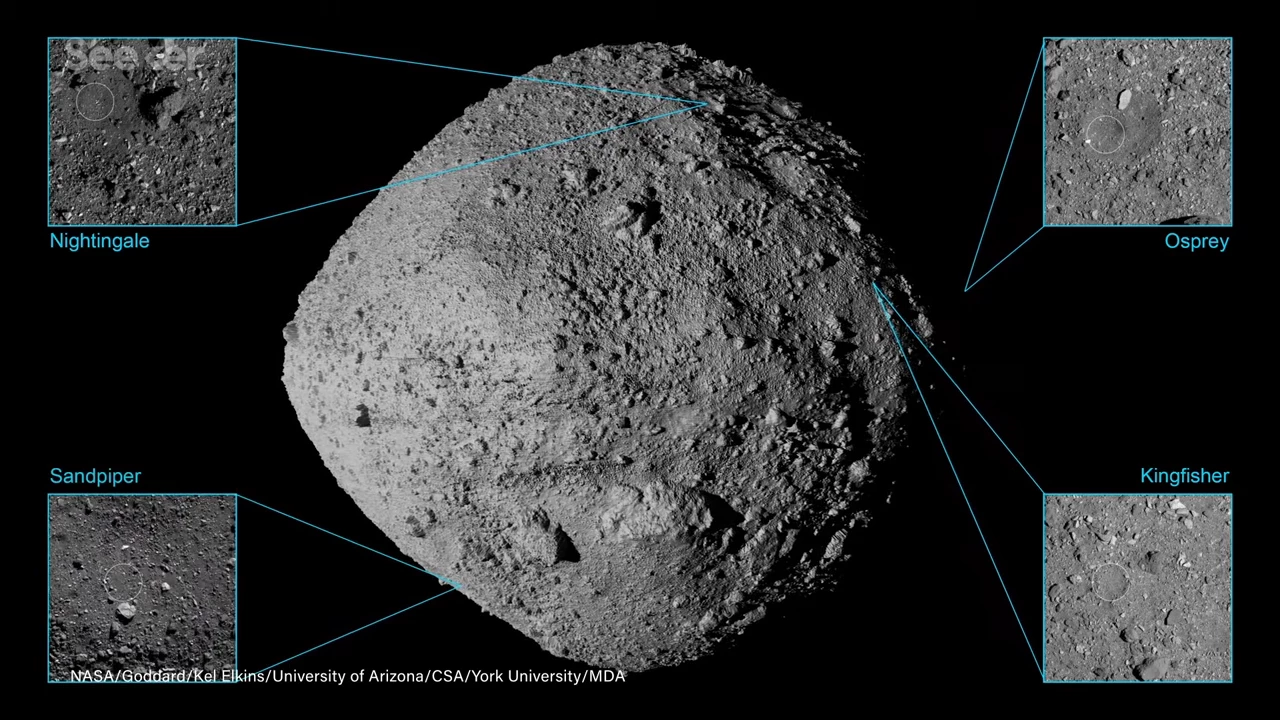 Keep in mind though, “best option” is a relative term, and Nightingale is only about the width of three parking spaces and surrounded by enormous boulders.
Keep in mind though, “best option” is a relative term, and Nightingale is only about the width of three parking spaces and surrounded by enormous boulders.
NASA couldn’t just send the spacecraft barging in there, so the mission planned for two rehearsals before the actual landing to make sure everything would go smoothly.
The first rehearsal in April 2020 went off without a hitch, with the spacecraft going through the first two of four steps in the sampling sequence. And then the coronavirus threw a wrench in the works and the second rehearsal had to be pushed back to August. Nonetheless, rehearsal two went through the first three steps of the sampling sequence, up to “Matchpoint” burn where OSIRIS-REx matches the rotation of the asteroid. The spacecraft came within 40 meters of Bennu, even deploying it’s sampling arm, but backed away before making contact.
Keep in mind that Bennu is so far from Earth that it takes radio signals about 16 minutes to reach the spacecraft. Performing the sampling manually is not an option, OSIRIS-REx must do it autonomously, so the last rehearsal gave the onboard navigation systems as much detailed info as possible and confirmed that yes, OSIRIS-REx could set its arm on Bennu’s surface safely.
With two rehearsals in the bag, the next step is to go all the way and try and grab a piece of Bennu. The first attempt is scheduled for October 20th 2020. If the collection head makes contact with Bennu, the collection arm will spray pressurized nitrogen gas to kick up dust and rocks for the spacecraft to grab before backing away. The collection itself should only last about 5 seconds, a real quick touch-and-go, or TAG for short.
Once away from Bennu, OSIRIS-REx will leave its arm extended and spin. Before collecting anything, OSIRIS-REx performed a spin with an empty sampling arm. Comparing the difference in inertia of the empty and full spins is NASA’s way of measuring how much regolith was gathered, since you can’t weigh the sample in space.
If the sample is under the targeted 60 grams of regolith, OSIRIS-REx will try again. It has three containers of nitrogen aboard, meaning it has three tries to get it right. Assuming all goes well, OSIRIS-REx will send the sample back to Earth, arriving in September 2023. Then we’ll get a chance to look at something extraordinary: a pristine piece of our early solar system.
Will the organic compounds held in the samples give us some clue as to where we came from, or will the debate continue among philosophers and scientists? We’re just going to have to wait to find out. Another reason to visit Bennu is it has a relatively high chance to collide with Earth late in the 22nd century, so studying it up close can help us prepare to defend against it. Hopefully it doesn’t come to that and OSIRIS-REx is the closest humanity ever comes to this massive space rock.
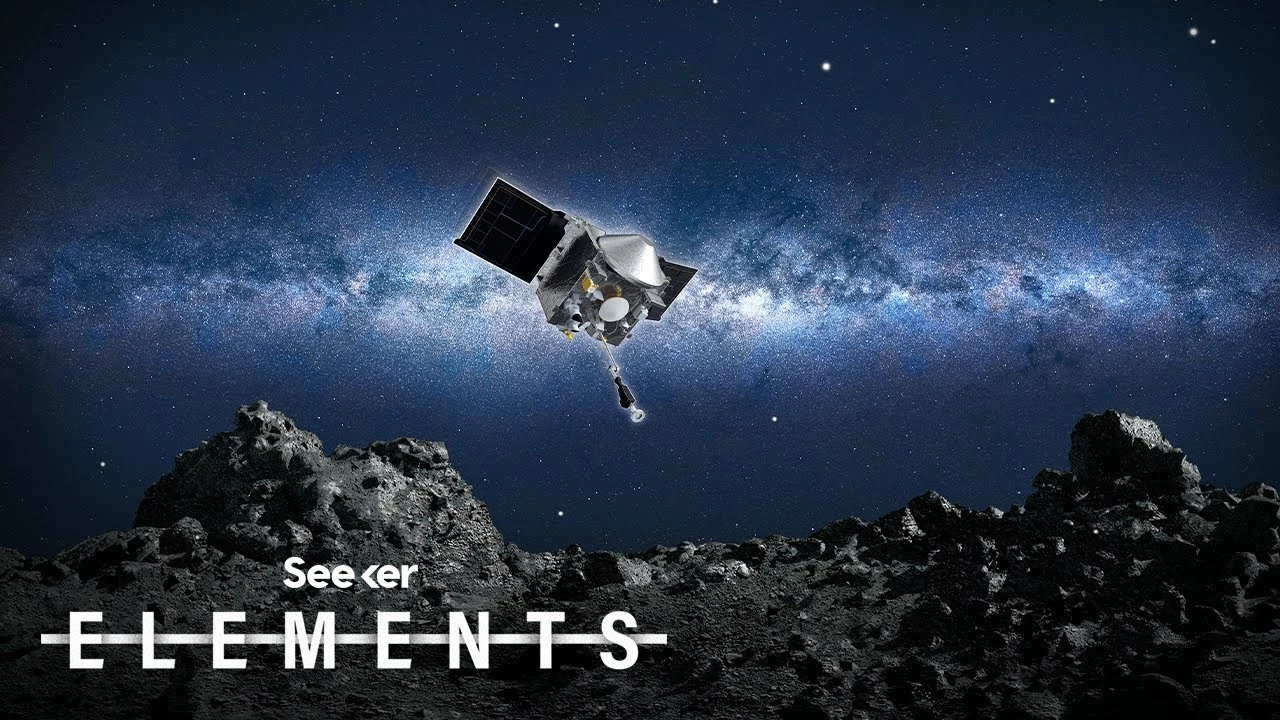

No comments yet